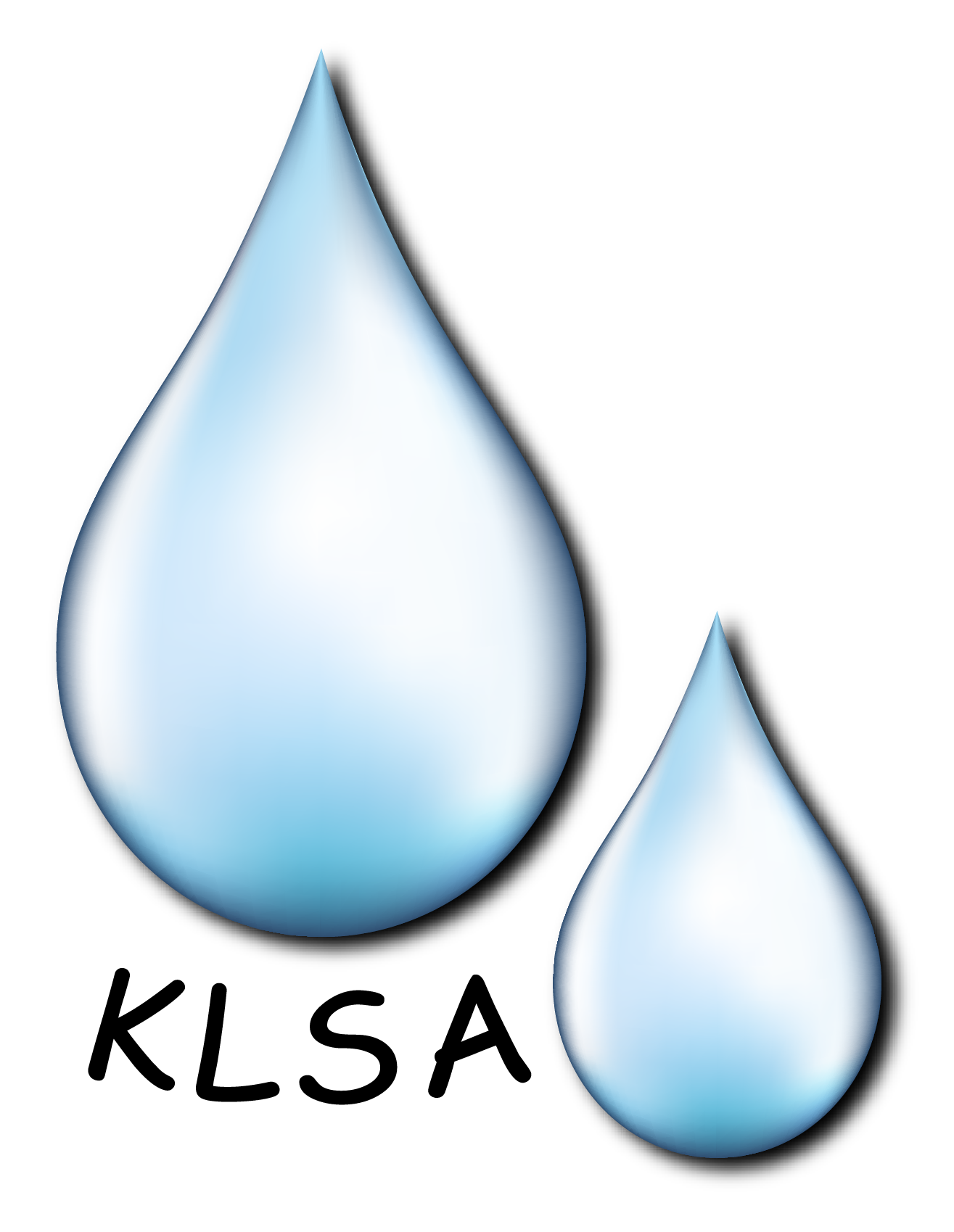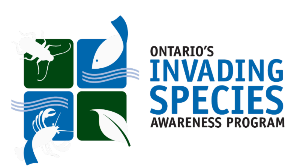There are a multitude of organizations spreading the word about invasive species and how to control the spread of invasive species. Here are a few that we go to for education, advice, guidance, reference material and assistance.

In Ontario, the Ministry of Natural Resources and Forestry (MNRF) leads the implementation of Ontario’s Invasive Species Strategic Plan (2012) and administers the Invasive Species Act, 2015, which provides the Ministry with legislative and regulatory powers to prevent and control the spread of invasive species across the province.
This arm of the Ontario Government provides:
- Guidance on the regulations regarding invasive species,
- Direction and contacts for dealing with invasives, and
- Permits for managing and controlling Invasive Species, which must be submitted to this group for approval prior to this work being undertaken.
In 2022, the Office of the Auditor General of Ontario reviewed the Natural Resources Ministry’s efforts to monitor and manage the introduction and spread of harmful invasive species in Ontario and have prepared a report summarizing this review.

North Kawartha Lakes Association (NORKLA) is an umbrella association that represents the majority of cottage lakes in North Kawartha Township.
The purpose of the organization is to:
- Share lake concerns, issues and expertise,
- Promote the protection of our lakes.
- Act as liaison with organizations, and
- Support actions related to lake concerns.
PLiiNK will be working closely with NORKLA to spread the Invasive Species and Clean-Drain-Dry messages to the community.

Kawartha Lake Stewards Association (KLSA) is an umbrella volunteer organization of cottagers and year-round residents formed to monitor the water quality of the Kawartha Lakes.
Valuable resources include their:

In 1992, the Ontario Federation of Anglers and Hunters (OFAH), in partnership with the Ontario Ministry of Natural Resources and Forestry, established the Invading Species Awareness Program (ISAP) in order to address the increasing threats posed by invasive species in Ontario.
OFAH-ISAP has committed to providing training and educational material for PLiiNK and to link us to other programs
Click here to sign up to receive news directly from OFAH
Hotline for reporting AIS: 1-800-563-7711

The Invasive Species Centre (ISC) have a wide range of resources on their website to help manage invasive species such as species profiles, which give detailed information on common plants, water weeds and pests
They offer:
- Events, training and outreach,
- Assistance with response and management tools, and
- Policy and planning materials.
iNaturalist’s mission is to connect people to nature and advance biodiversity science and conservation.
iNaturalist helps you identify the plants and animals around you while generating data for science and conservation. Get connected with a community of millions scientists and naturalists who can help you learn more about nature! What’s more, by recording and sharing your observations, you’ll create research-quality data for scientists working to better understand and protect nature. So if you like recording your findings from the outdoors, or if you just like learning about life, join us!

Fish OnLine is an Ontario Government/ MNRF site that provides information about the fish in Ontario lakes, and can be used to view year over year fish population trends for all Ontario lakes, including information about:
- Fisheries Management Zone information,
- Ontario Fishing Regulations,
- Licence Information,
- Government Offices, and
- Local Weather forecasts.

The Department of Fisheries and Oceans (DFO) is a Canadian institution that helps to ensure healthy and sustainable aquatic ecosystems through habitat protection and sound science. They support economic growth in the marine and fisheries sectors, and innovation in areas such as aquaculture and biotechnology.
Check out their Aquatic Invasive Species page for specifics, such as:
- Aquatic Invasive Species and the Aquatic Invasive Species Prevention Fund
- Contact info to report an Aquatic Invasive Species,
- Application for the prevention, control or eradication of an Aquatic Invasive Species,
- Aquatic Invasive Species early detection, monitoring, control, management, prevention and response, and
- Aquatic Invasive Species regulations.

EDDMapS is a web-based mapping system for documenting invasive species and pest distribution. It is fast, easy to use, and doesn’t require Geographic Information Systems experience. It was originally designed by the University of Georgia as a tool for the state of Georgia to develop more complete distribution data of invasive species. Since then, the program has expanded to include the entire US and Canada as well as to document certain native pest species.
EDDMapS aggregates data from other databases and organizations as well as volunteer observations to create a national network of invasive species and pest distribution data that is shared with educators, land managers, conservation biologists, and beyond. This data will become the foundation for a better understanding of invasive species and pest distribution around the world.

With members and chapters from all corners of Canada, along with governments and businesses, the Canadian Council on Invasive Species (CCIS) brings people together to build practical solutions to prevent the spread of invasive species.
Their resources and reference material help with PLiiNK messaging.

The Federation of Ontario Cottagers’ Associations (FOCA) is the province-wide umbrella group for Ontario’s 250,000+ waterfront property owners (WPO), whether seasonal or year-round residents of their rural communities.
Since 1963, FOCA has been the voice of the Ontario waterfront. Their united voice carries weight on issues that matter.
Today, FOCA members include more than 525 lake and road associations across the province, and the permanent and seasonal residents they represent.

Watersheds Canada is a federally incorporated non-profit organization and registered Canadian charity committed to providing programs to communities across the country that work to engage and help shoreline owners enhance and protect the health of lakes and rivers of their rural communities.

Lakehead Region Conservation Authority is is a community-based environmental agency that provides value-added services to our watershed residents. We are responsible for the wise management of renewable natural resources in our watershed. Conservation Authorities undertake a broad range of programs, including:
- Watershed management,
- Erosion control, Flood forecasting & warning,
- Recreation,
- Water level monitoring,
- Plan input & review, environmental education, and
- Stewardship.

The New Brunswick Alliance of Lake Associations supports citizen based lake stewardship in New Brunswick. Our organization consists of fifteen lake associations and many volunteer groups devoted to the health of our lakes.

